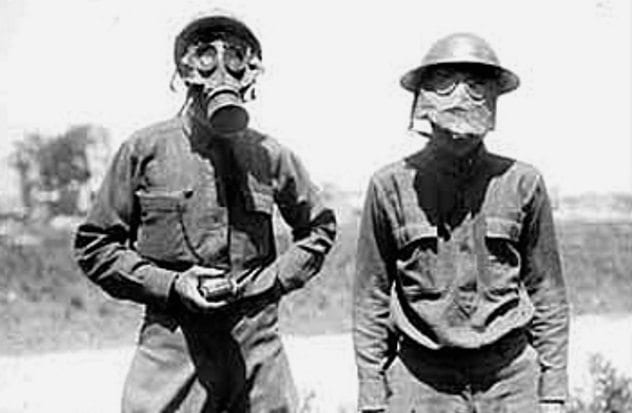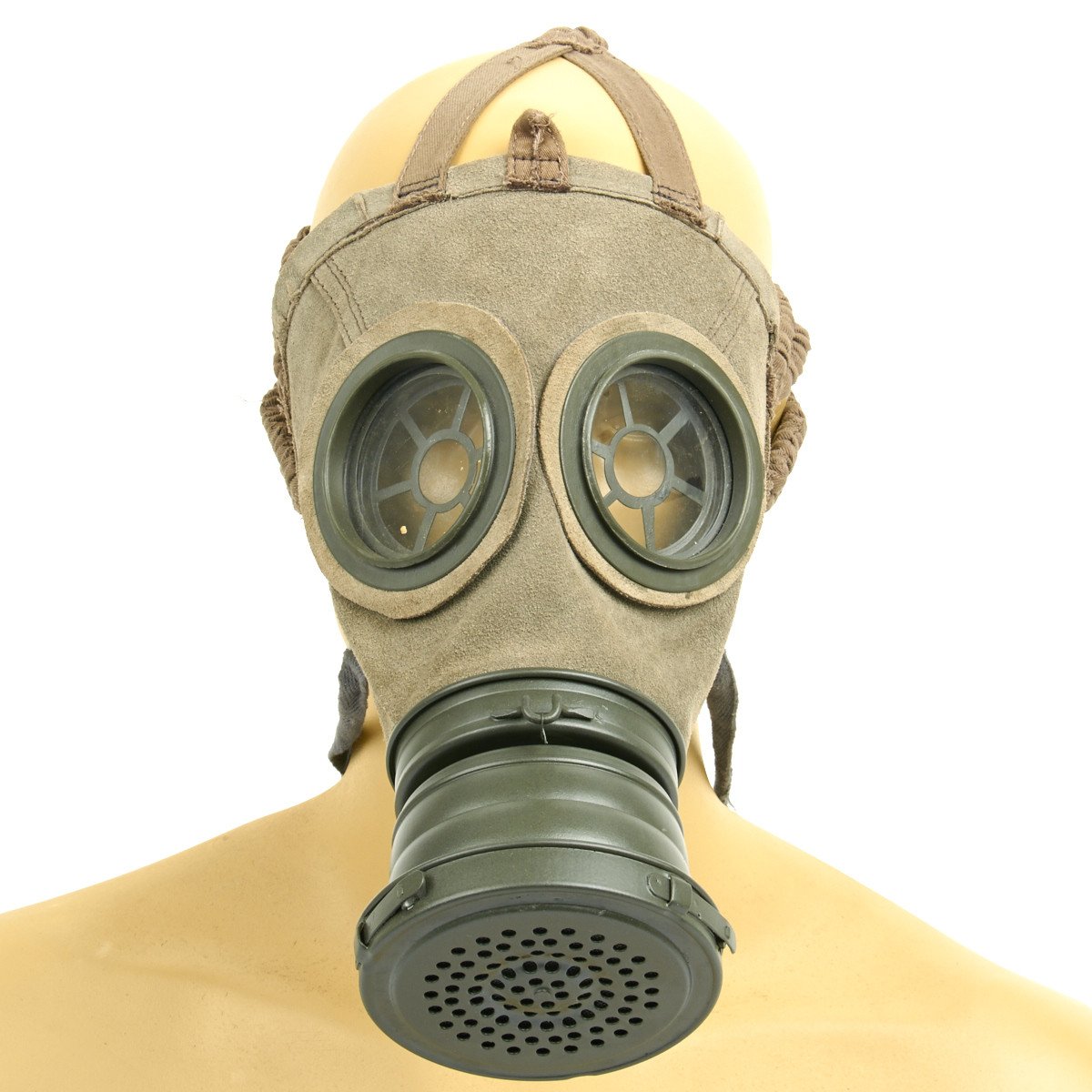

Starting in 1915, Austro-Hungarian soldiers received backpacks instead of knapsacks. Canvas took the place of the knapsack’s calfskin covers. Poor-quality woven straps, in some cases even made out of paper yarn, replaced leather. The materials of the Central Powers got noticeably worse as a result of the blockade: brass fittings were replaced with zinc-plated iron aluminum canteens and mess kits were replaced with ones of steel. English knapsacks, by contrast, were simple, rectangular canvas sacks. The knapsacks carried by the Central Powers’ armies were intricately made from a frame of narrow wooden bars covered with calfskin. Before combat operations, the knapsack was often taken off or, during static warfare, stored in the quarters or dugout. Additional articles of clothing, cleaning materials, spare shoes, and the like were located in a knapsack. These items composed the essential battle gear.

An extremely versatile part of the equipment was the tarpaulin, a piece of tightly woven canvas, which could be buttoned to other tarpaulins to form tents, but which was usually used as a sort of poncho for rain protection, or as a makeshift stretcher, sleeping mat, or bivouac sack. Hard tack and tinned meat constituted the emergency ration, which was only to be consumed in emergencies or upon orders. Each soldier possessed a so-called mess kit, which in practice was used almost exclusively for eating. In Germany, a canteen was attached to the bread bag in Austria-Hungary, it was carried in the bag itself, while the significantly larger drinking bottles of the English and French armies were hung on the shoulder strap. weapon-cleaning equipment and hand grenades - or personal items - such as tobacco or writing utensils - could be stored. The canvas sack was called a “bread bag” or “bread sack” ( Brotbeutel) in Germany and Austria-Hungary, but it was actually a kind of purse, in which many military items, e.g. The spade was the most important field and survival tool for the soldier, particularly the infantryman. Shoulder straps or loops and hooks on the uniform jacket helped to carry the weight of the heavily stocked body strap. On it were hung ammunition pouches, a sidearm/bayonet, a spade, often a small canvas sack, and sometimes also a holster for a pistol or revolver. In the 19 th century, a belt became the central element of this equipment. It was designed not to restrict the man’s mobility and to distribute the weight appropriately. This set of straps formed a relatively stable structure. The various pieces of equipment were usually attached with leather straps to the soldier’s body to allow for quick access.


 0 kommentar(er)
0 kommentar(er)
